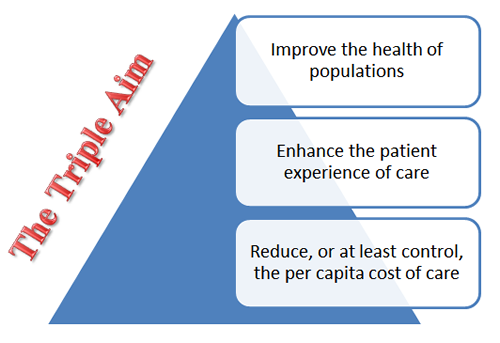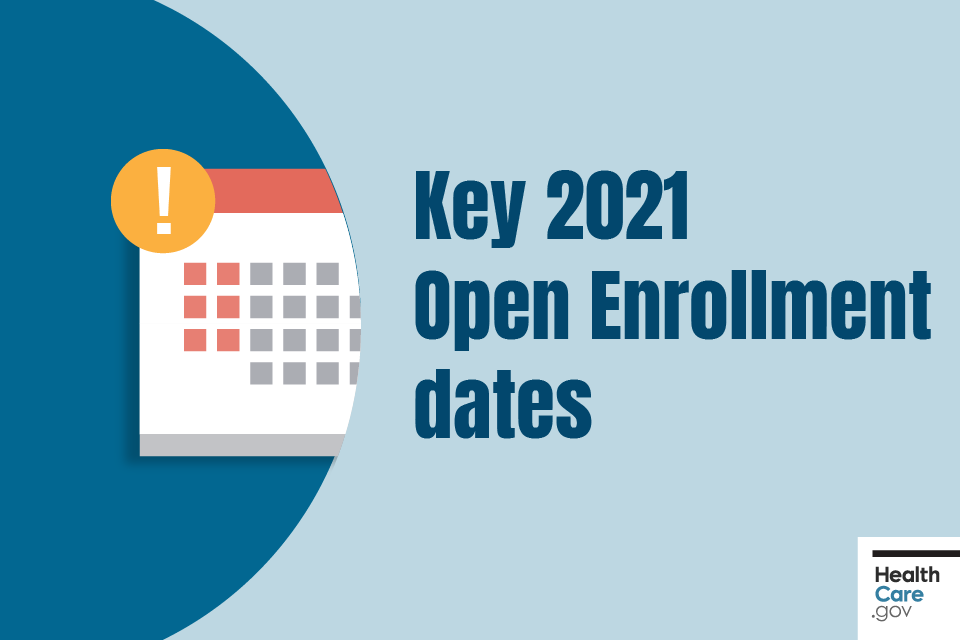Chronic health problems are typically progressive (become even worse) and clients living with these kinds of conditions need innovative care as their disease advances. For example, clients with cardiac arrest or HIV/AIDS require disease-specific care to manage their numerous medications, treatments, visits, diet, and conclusion of activities of everyday living (ADLs). Lots of people wish to be as independent as possible and are more comfortable in the house. Offering encouraging house health care services permits them to do this. Patients with ____ might benefit from house health care. Select all that use. Terminal disease Chronic health problems Spastic paralysis HIV/AIDS Abnormality Kidney failure Numerous sclerosis Stroke Swallowing problems Handicaps Cognitive specials needs Dementia Hearing disabilities Heart failure Chronic obstructive pulmonary illness Wounds Asthma Arthritis Diabetes Hypertension Vision problems Cancer Show Answer If you picked all of the response choices, you are appropriate.
Home healthcare employees and individual care assistants serve people of any ages, culture, ethnicity, gender, and type of impairment or illness. In 1813, the Ladies Benevolent Society, (LBS), a group of Addiction Treatment Delray women volunteers in Charleston, South Carolina, started the first efforts at supplying home care services (Buhler-Wilkerson, 2001). These inexperienced females were the first to supply direct care services within people's houses. The POUND checked out the sick poor in their houses, assisted them to obtain medications, food, and materials such as soap, bed linens, and blankets. They also helped to provide them with nurses, although these nurses were inexperienced.
These females rapidly realized that skilled nurses were needed to help the ill poor, as developing friendships alone might not assist prevent or cure disease (Buhler-Wilkerson). They started to work with skilled nurses, who they called "visiting nurses." This idea came about based on the "district nurse" model which was established in England (Buhler-Wilkerson). The National Nursing Association for Offering Trained Nurses for the Sick Poor was developed in England in 1875 (Buhler-Wilkerson, 2001). This organization trained, arranged, and developed standardized practices for district nurses who worked within people's houses. In addition to taking care of the physical needs of their patients, these checking out nurses worked to teach the ill poor about how illness is spread out and how to maintain a tidy house in order to avoid the spread of infection.
By 1890, there were 21 house care checking out nursing associations (Buhler-Wilkerson). The requirement for nursing care within the home continued to grow. This need grew to not just caring for the ill bad, however also to supply preventative services to children, kids, mothers, and to take care of patients with transmittable diseases such as tuberculosis. Although the death rate for transmittable illness had declined, there was a growing issue for avoidance and excellent hygiene. By 1909, the Metropolitan Life Insurance coverage Company began to send nurses into their policyholders' homes to provide nursing services (Buhler-Wilkerson). Their hope was that offering house nursing care would reduce the amount of death benefits declared.
Lillian Wald, a nurse, is credited for developing the Henry Street Settlement and with specifying the term "public health nursing". The nurses who operated at the Henry Street Settlement checked out the sick in their houses, and likewise provided social services for people throughout the city. In addition to the Henry Street Settlement home, the organization grew to consist of numerous nursing houses throughout the city to meet the growing need for nurses within neighborhoods. These nurses also held classes for their next-door neighbors to teach carpentry, sewing, cooking, English, and house nursing (Buhler-Wilkerson, 2001). They developed kindergartens and different social clubs to satisfy the needs of their communities.
9 Easy Facts About What Can You Do With A Public Health Degree Shown

In the late 1920s, a number of the house care agencies closed due Substance Abuse Facility to the poor economy and the nursing scarcity during World War II (Buhler-Wilkerson, 2001). The establishment of hospitals led to a model where clients moved from getting care in the houses to into healthcare facilities. In spite of experiments by The Health Insurance Strategy of Greater New York City and Blue Cross to consist of house care services, protection for visiting home care was not universally offered at that time (Buhler-Wilkerson) (How to check laptop battery health). By the late 1950s and early 1960s, nevertheless, it ended up being clear that there was again a growing need for home care services.
The cost of hospitalizations began to be obvious, and the long-term impacts on prolonged institutionalizations started to be studied (Buhler-Wilkerson). In the U.S., it was not till 1965, when Medicare was established for individuals over 65 years of age, that house care services were as soon as again covered by insurance (Buhler-Wilkerson, 2001). Medicare is a federal health insurance coverage program. Medicare now likewise spends for clients with kidney failure and certain impairments. According to the U.S. Department of Health & Person Services, Centers for Medicare & Medicaid Services (2010 ), patients who get house services through Medicare should be under the care of a doctor who accredits the need for experienced nursing care, physical therapy, speech-language pathology services, or occupational therapy.

This implies that it is either hazardous for the patients to leave their home or they have a condition that makes leaving the home tough. Medicare supplies "periodic" home care, implying home care is not needed on a full-time basis. While Medicare will frequently pay the complete expense of most covered home health services, they do not pay for 24 hour a day care. Medicare might likewise cover up to 80% of unique equipment the client requires, such as a wheelchair or walker (U.S. Department of Health & Human Providers, Centers for Medicare & Medicaid Services). is a joint state and federal health insurance program.
Department of Health & Person Solutions, Centers for Medicare & Medicaid Services, 2010). Medicaid offers coverage for low-income patients and families. Eligibility for this program depends on income, variety of people in a family, and other circumstances. It is essential to bear in mind that not everybody is eligible to get Medicare or Medicaid, and home care services may not be covered completely. Agencies who receive compensation through Medicare or Medicaid need to fulfill specific standards, consisting of the requirement that HHAs receive formal training and pass accreditation examinations. Due to the growing need for house care services, and in an effort to decrease expenses to insurance coverage programs such as Medicare, the need for house health assistants (HHAs) and personal care aides (PCAs) continues to increase.
Unlicensed personnel such as home health aides and personal care aides are important members of the home healthcare team. Every member of the home health care group has a role to play. When all members work together, they can accomplish the objective of caring for the client. This info is based upon the Occupational Outlook Handbook from the U.S. Department of Labor, Bureau of Labor Statistics (2014 ). The details within this section is based on typical professional requirements within the United States. For requirements worrying governing laws within particular countries or states, info Take a look at the site here should be acquired from those particular countries and states.